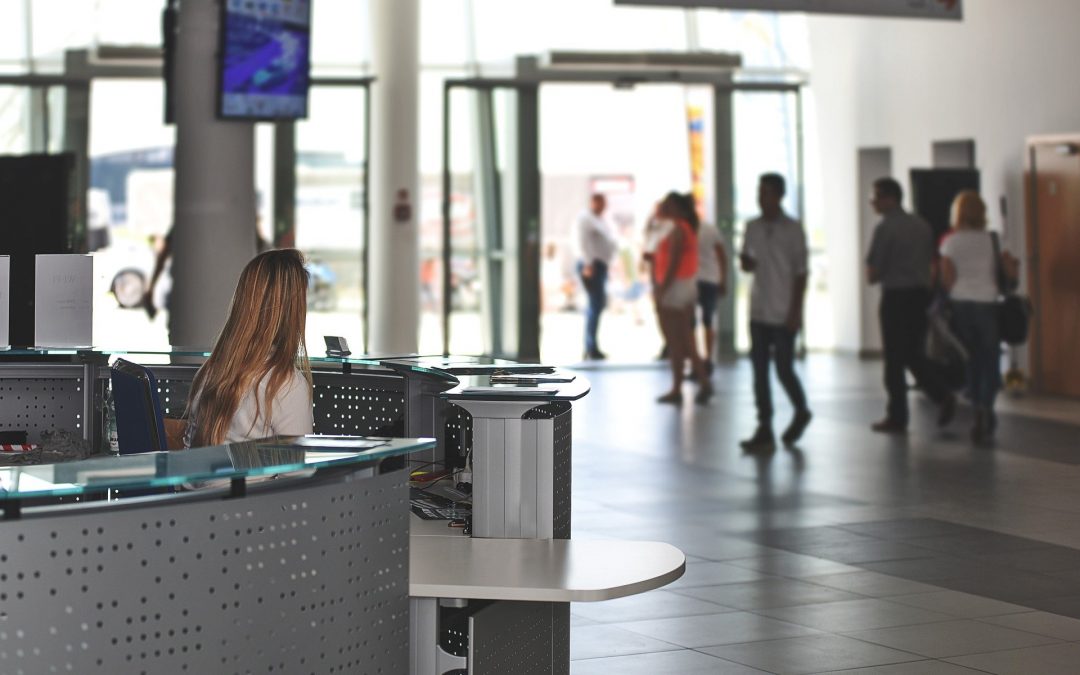The security sector has been thrown into the limelight over the past year. Officers working on the frontline have been critical in ensuring everyone’s health and safety. As a result, we’ve seen a shift in the focus of frontline jobs. Officers have had to deal with an ever-changing situation, enforcing precautions while understanding that many people are stressed and anxious. This transition to a new form of security is an opportunity for the industry to learn from and share its expertise.
Security is vital in a diverse array of sectors, each with its own specific needs. The industry has the skills and know-how to meet post-pandemic security needs if different fields can inform one-another. A particular area of interest is the comparison between corporate and academic security.
Corporate and school security run parallel. Ultimately, they are about protecting people. Officers care for wellbeing as well as security and must take a proactive approach to risk.
We can think of the core elements as three intersecting areas: assets – people, buildings, valuables within the building, etc; threats – people who are looking to impact those assets; and vulnerabilities – for example, a hole in a fence, damages to entrances and exits. Where those three fields intersect, we have risk. Whether its corporate or school security, officers are there to address that risk.
Every environment has its own challenges, and those challenges and risks will evolve over time. The trick is to ensure that the security solution is agile enough to accommodate any threats, vulnerabilities, and assets.
Complex environments
Corporate buildings do differ from academic premises in that we’re able to have much more robust physical security in place. As a result, there are probably fewer vulnerabilities for corporations. Officers working in academic institutions need to be more prepared to react to anything. We may place more focus on training the physical strength of those officers and less on working with high-end tech.
Schools tend to be open places with regular visits from members of the public, for example, as parents drop off and pick up their children or visit the school for events. You can’t lock down the premises with features like turnstiles as you could with an office space. Aside from making daily life complex, such technology is often cost-prohibitive.
There is also the added complexity of working with young people. They are less experienced and therefore more vulnerable both to the public and to influence of their peers. Aggression in schools is often an issue as children grow up and develop a sense of self. Working in schools can come with the threat of physical and verbal abuse. Officers have to take these challenges seriously but, unlike working outside a nightclub for example, officers are responsible for protecting a student even if they are the one posing the risk.
Academic security is a complex and interesting field. It is particularly pertinent because so much consideration is given to the way people interact and influence one another and understanding that risk can come from the people you are protecting. With the return to a more open world but a virus endemic in the population, thoughts of how to protect people from one another are at the fore.

